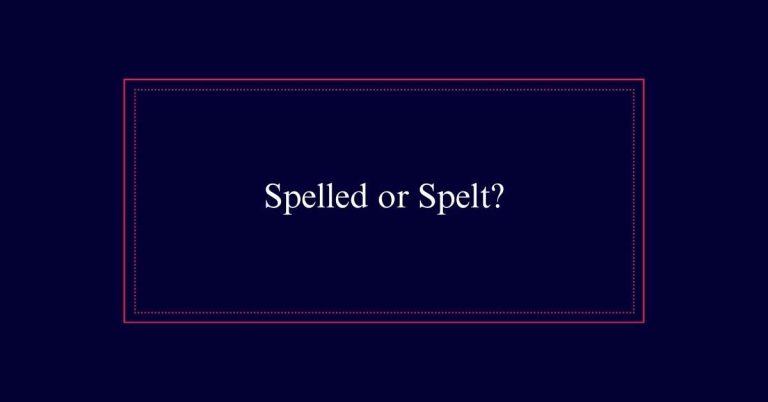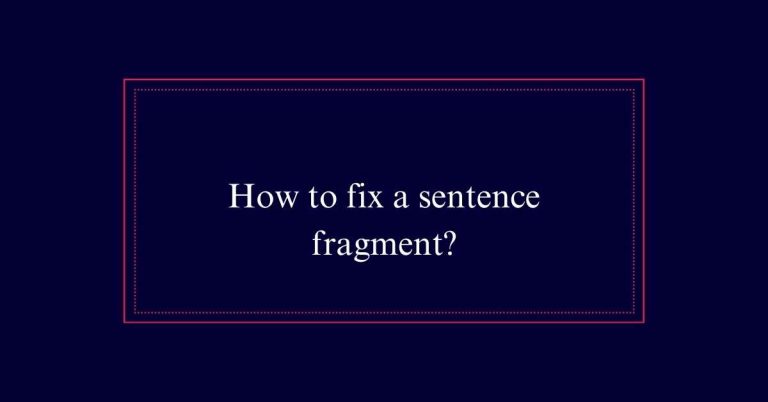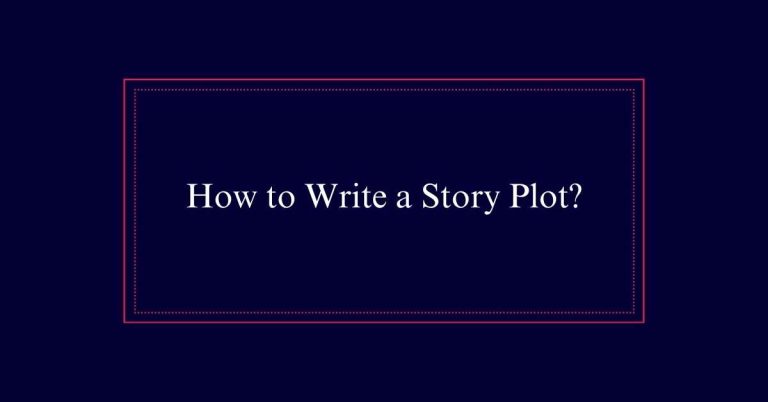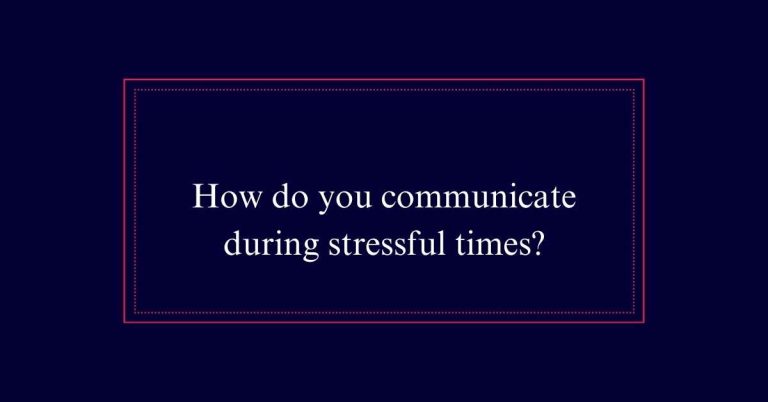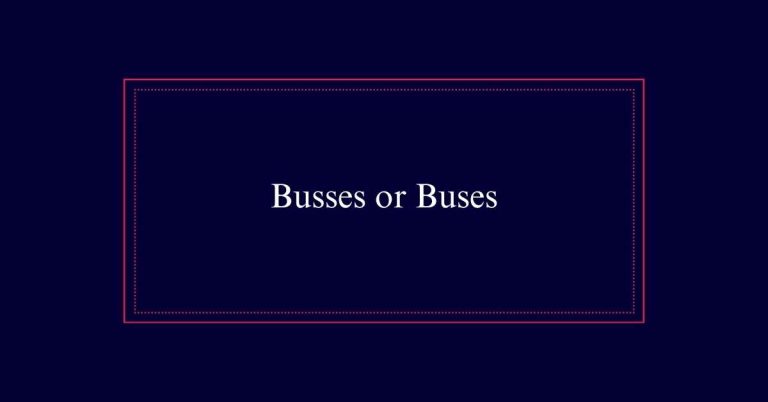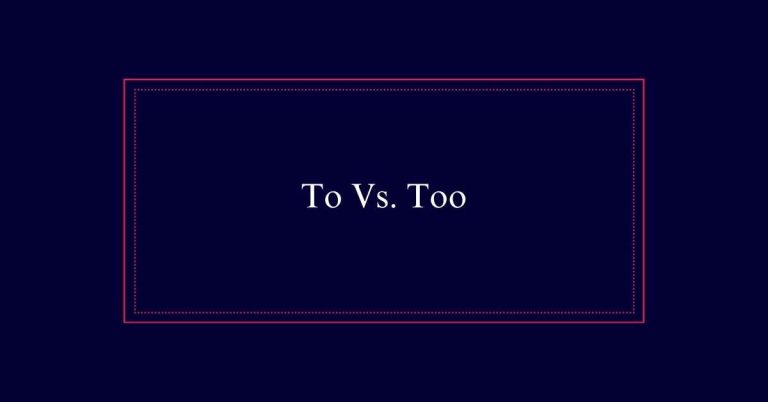What Is Eye Dialect?
Eye dialect refers to the use of nonstandard spellings to represent how words are pronounced in spoken language. These intentional misspellings capture variations based on region, social group, or ethnicity, enriching the narrative and providing depth to character development. Common examples include using ‘wanna’ for ‘want to’ and ‘yer’ for ‘you are.’ Eye dialect helps convey a character’s background and setting but can be controversial. It may reinforce stereotypes if not used carefully.
Understanding Eye Dialect
Understanding eye dialect involves recognizing how nonstandard spellings represent spoken language variations. Dialect itself reflects differences in pronunciation based on region, social group, or ethnicity.
Eye dialect takes this a step further by using intentional misspellings to mimic these spoken variations in written form. This technique captures the nuances of speech patterns, making the dialogue more authentic.
However, it is important to note that eye dialect is not about incorrect grammar. Instead, it focuses on phonetic spellings that convey how words sound when spoken in various dialects. By doing so, it offers readers a deeper understanding of character backgrounds and cultural contexts.
This method enriches the narrative, adding layers to character development and setting.
Examples and Usage
To illustrate the concept of eye dialect, let’s explore some common examples and their usage in literature. Eye dialect is seen in spellings like ‘w-u-u-rld’ for world or ‘widdy’ for widow. Authors use these spellings to reflect a character’s speech patterns. For instance, ‘wanna’ stands for ‘want to’ and ‘cuz’ for ‘because’. These spellings can indicate casual speech or regional accents.
Mark Twain famously used eye dialect in ‘The Adventures of Huckleberry Finn.’ For instance, ‘yer’ replaces ‘you are’, highlighting the characters’ vernacular. This technique helps create a vivid sense of place and person. It can deepen readers’ understanding of a character’s background and social context.
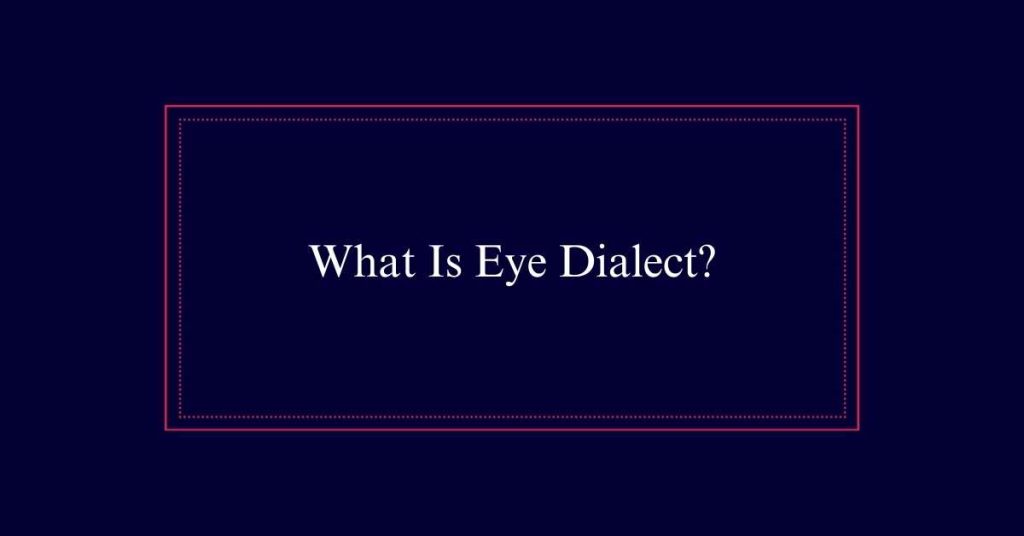
Controversies and Criticisms
Eye dialect often sparks debate due to its potential to reinforce stereotypes and social biases. The use of nonstandard spellings can imply that certain characters are uneducated or belong to lower social classes. This portrayal can perpetuate negative stereotypes about specific groups. Critics argue that eye dialect can marginalize characters based on their speech patterns, unfairly highlighting their differences.
Moreover, eye dialect may offend readers who feel it mocks their way of speaking. Authors must consider the impact on their audience, especially when writing about real-world dialects.
While eye dialect can add authenticity, it must be used carefully to avoid reinforcing harmful stereotypes. Balancing authenticity and sensitivity is essential in its effective application.
Frequently Asked Questions
How Does Eye Dialect Differ From Phonetic Transcription?
Eye dialect differs from phonetic transcription in that it uses nonstandard spelling to suggest pronunciation, while phonetic transcription employs standardized symbols to precisely capture sounds. Eye dialect is more subjective and often used for literary effect.
Who Coined the Term “Eye Dialect”?
The term “eye dialect” was coined by George Philip Krapp. He introduced it in his 1925 book, *The English Language in America*. Eye dialect uses nonstandard spellings to represent spoken dialects, drawing readers’ attention to language variations.
Can Eye Dialect Be Used Effectively in Poetry?
Yes, eye dialect can be used effectively in poetry. It adds authenticity to characters’ voices, creates rhythm, and emphasizes cultural or regional identity. However, careful use is required to avoid reinforcing stereotypes or causing offense.
What Are Some Famous Literary Works That Use Eye Dialect?
Notable literary works employing eye dialect include Mark Twain’s “The Adventures of Huckleberry Finn,” Zora Neale Hurston’s “Their Eyes Were Watching God,” and J.D. Salinger’s “The Catcher in the Rye,” showcasing characters’ authentic speech patterns.
How Does Eye Dialect Influence Character Development in Fiction?
Eye dialect enhances character development by showcasing unique speech patterns. It highlights social status, education, and regional background, adding depth and realism. However, it risks reinforcing stereotypes and can sometimes alienate or offend readers.

